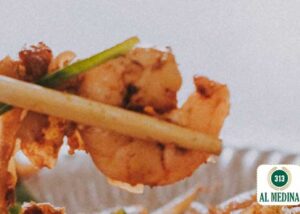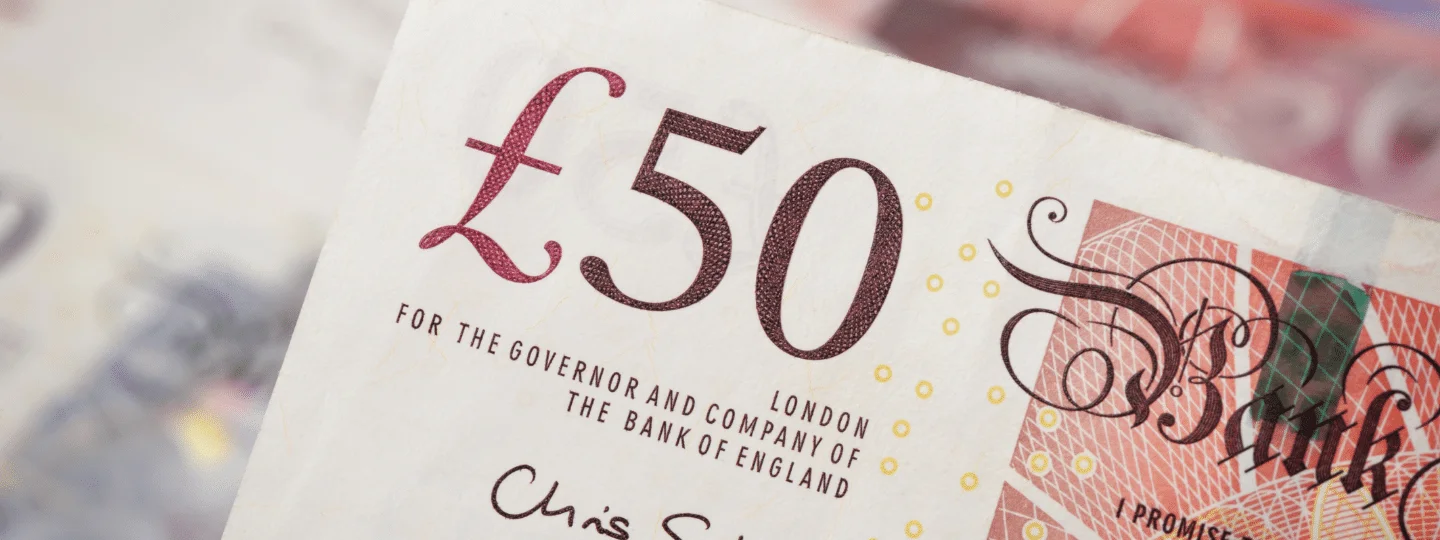Is it Haram to get a fade haircut? Is it the same as Qaza’ haircut?
Quran
Hadith
Islamic Text
It is not Haram to get a fade haircut. Cutting the hair to different lengths is permitted. The Qaza’ haircut is Makruh, which is to shave most or much of the hair and leave a patch or patches of hair.
ابْنَ عُمَرَ رَضِيَ اللَّهُ عَنْهُمَا يَقُولُ: «سَمِعْتُ رَسُولَ اللَّهِ صَلَّى اللهُ عَلَيْهِ وَسَلَّمَ يَنْهَى عَنِ القَزَعِ» قَالَ عُبَيْدُ اللَّهِ: قُلْتُ: وَمَا القَزَعُ؟ فَأَشَارَ لَنَا عُبَيْدُ اللَّهِ قَالَ: إِذَا حَلَقَ الصَّبِيَّ، وَتَرَكَ هَا هُنَا شَعَرَةً وَهَا هُنَا وَهَا هُنَا، فَأَشَارَ لَنَا عُبَيْدُ اللَّهِ إِلَى نَاصِيَتِهِ وَجَانِبَيْ رَأْسِهِ. قِيلَ لِعُبَيْدِ اللَّهِ: فَالْجَارِيَةُ وَالغُلاَمُ؟ قَالَ: لاَ أَدْرِي، هَكَذَا قَالَ: الصَّبِيُّ. قَالَ عُبَيْدُ اللَّهِ: وَعَاوَدْتُهُ، فَقَالَ: أَمَّا القُصَّةُ وَالقَفَا لِلْغُلاَمِ فَلاَ بَأْسَ بِهِمَا، وَلَكِنَّ القَزَعَ أَنْ يُتْرَكَ بِنَاصِيَتِهِ شَعَرٌ، وَلَيْسَ فِي رَأْسِهِ غَيْرُهُ، وَكَذَلِكَ شَقُّ رَأْسِهِ هَذَا وَهَذَا
(Sayidina) Ibn Umar said, ‘I heard the Prophet ﷺ prohibit al-Qaza’.’ (Sahih al-Bukhari, 5920).
In the above hadith we have a prohibition on the Qaza’ haircut. However, it is important to define it correctly, otherwise incorrect rulings become widespread. Unfortunately, many Muslims are being told that it is Haram and thus sinful to have a haircut which entails cutting the hair to different lengths such as a fade haircut. This is a very loose definition of Qaza’ and therefore mistaken. Hanafi scholars explained that the Qaza’ haircut is when parts of the head have been shaved and parts have been left with long hair.
وَأما إِذا حلق شعره كُله وَترك لَهُ ذؤابة فَهُوَ القزع الْمنْهِي عَنهُ، وَفِي: (سنَن أبي دَاوُد) من حَدِيث ابْن عمر أَنه صلى الله عَلَيْهِ وَسلم نهى عَن القزع، وَهُوَ أَن يحلق رَأس الصَّبِي وَيتْرك لَهُ ذؤابه. (عمدة القاري شرح صحيح البخاري).
As for his shaving all of his hair and leaving a braid, that is Qaza’ which has been prohibited. And in the Sunan of Abi Dawood there is a Hadith of Ibn Umar that he (the Prophet ﷺ) prohibited Qaza’. And it means to cut the entirety of a child’s hair and leave his braids. (Imam Badr al-Deen al-Ayni, Umdatu al-Qari).
So here Imam al-Ayni related the Qaza’ haircut to shaving the head and leaving braids or a single braid. Later he gave more details based on the explanation of one of the narrators of the Hadith.
ابْن عمر رَضِي لله عَنْهُمَا يَقُول سَمِعت رَسُول الله – صَلَّى اللَّهُ عَلَيْهِ وَسَلَّم َ – ينْهَى عَن القزع قَالَ عبيد الله قلت وَمَا القزع فَأَشَارَ لنا عبيد الله قَالَ إِذا حلق الصَّبِي وَترك هَهُنَا شَعْرَة وَهَهُنَا وَهَهُنَا. (عمدة القاري شرح صحيح البخاري).
Ibn Umar said, ‘I heard the Prophet ﷺ prohibit al-Qaza’.’ Ubaydullah said, I asked what is Qaza’? So he pointed, if a child shaves (the head) and leaves hair here and here (it is Qaza’). (Imam Badr al-Deen al-Ayni, Umdatu al-Qari).
As seen in the above Nusoos (texts) some scholars described the Qaza’ haircut as patches that have been left long and patches of it have been shaved. Other scholars understood the Qaza’ haircut to be a situation in which all of the head has been shaved with the exception of braids that have been left long. Yet other scholars felt that the Qaza’ haircut was when all of the hair has been shaved and the area of three fingers has been left long.
وَفِي الذَّخِيرَةِ وَلَا بَأْسَ لِلرَّجُلِ أَنْ يَحْلِقَ وَسَطَ رَأْسِهِ وَيُرْسِلَ شَعْرَهُ مِنْ غَيْرِ أَنْ يَفْتِلَهُ فَإِنْ فَتَلَهُ فَهُوَ مَكْرُوهٌ لِأَنَّهُ يُشْبِهُ بَعْضَ الْكَفَرَةِ. (البحر الرائق شرح كنز الدقائق)
And in al-Dhakhirah it states, and there is no harm in shaving the middle of one’s head. And he is permitted to leave the hair long without braiding it, and if he braids it then it is Makruh. This is because he will resemble some of the disbelievers. (Imam Zayn al-Deen Ibn Nujaym, al-Bahr al-Raiq).
وَيُكْرَهُ الْقَزَعُ وَهُوَ أَنْ يَحْلِقَ الْبَعْضَ وَيَتْرُكَ الْبَعْضَ قَطْعًا مِقْدَارَ ثَلَاثَةِ أَصَابِعَ كَذَا فِي الْغَرَائِبِ. (رد المحتار على الدر المختار).
And al-Qaza’ is Makruh, and it is to shave a part and leave a part that is equal to three fingers. (Imam Muhammad Ameen Ibn Abideen, Radd al-Muhtaar).
In al-Fataawa al-Hindiyah the above two points are mentioned, but another Masalah is mentioned that further clarifies that the definition of al-Qaza’ as different length hair is incorrect.
وَيَجُوزُ حَلْقُ الرَّأْسِ وَتَرْكُ الْفَوْدَيْنِ إنْ أَرْسَلَهُمَا وَإِنْ شَدَّهُمَا عَلَى الرَّأْسِ فَلَا كَذَا فِي الْقُنْيَةِ. (الفتاوى الهندية).
And it is permitted to shave the hair and leave the hair adjacent to the ears (al-Fowdayn) if he leaves it untied. But if he ties the remaining hair upon the head then it is not permitted, as is mentioned in al-Qunyah. (al-Fatawaa al-Hindiyah).
Although there is some variance in terms of the exact definition of the Qaza’ haircut, no one defined it as cutting the hair to different lengths. Therefore, getting a haircut, such that the sides and back part of the hair of the head is shorter than the top does not come under the prohibition of a Qaz’ haircut. Even if the sides and back where shaved with a blade, this will not come under the prohibition of the Qaza’ haircut.
Most scholars simply mentioned that Qaza’ is Makruh, but Imam Ali al-Qari specifically mentioned that it is Makruh Tanzeehi.
وَأَجْمَعُوا عَلَى كَرَاهَةِ الْقَزَعِ إِذَا كَانَ فِي مَوَاضِعَ مُتَفَرِّقَةٍ إِلَّا أَنْ يَكُونَ لِمُدَاوَاةٍ وَهِيَ كَرَاهَةُ تَنْزِيهٍ. (مرقاة المفاتيح شرح مشكاة المصابيح).
And they (the scholars) agreed that Qaza’ is Makruh if it is in multiple different places, unless it is for medical purposes, and it is Makruh Tanzeehi. (Imam Ali al-Qari, Mirqaat al-Mafateeh).
And Allah (Most High) Knows Best.
– Answered by Shaykh Noorud-deen Rashid (09.09.2021)
See also:
Is there a Hadith prohibiting cutting the hair to different lengths?
Is it permitted for men to pluck facial hair or eyebrows?
See also (video):






